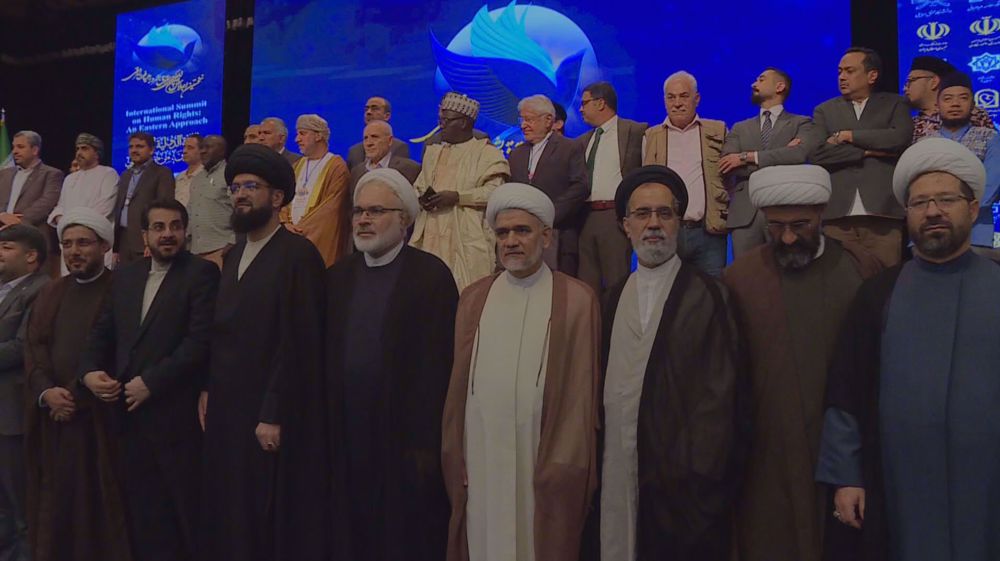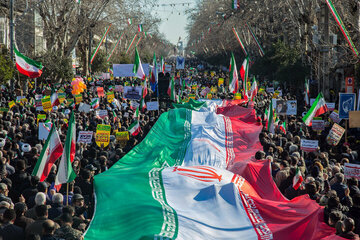Alwaght- Except for some short periods of times like the military coup of General Hafez al-Assad in 1970, since its independence in1946 from the French mandate, Syria was one of the most stable West Asian countries. But after the Arab uprisings of 2011, it fell victim to a plot developed by the opponent regional countries and Western powers and the resultant military interventions that transformed the country to the world’s safest havens for terrorist groups.
The war in Syria after eruption went beyond expectations and so fierce that various parties began drawing scenarios about where the country could head with the ferocious confrontation between the warring sides in multiple fronts going on relentlessly.
Among many, one significant scenario for the war-ravaged country that seemed to have won interest and thus advocacy of some of regional Arab regimes and the Western parties led by the US was Syria partition. The scenario came in two general sections:
First scenario: Breaking Syria into eastern and western states
First scenario was to partition the deeply-divided nation in two states: West Syria and East Syria, one ruled by the Sunni Arabs that are now fighting Damascus government and the other governed by the Zaydi Shiites from whom the current Syrian government derives.
The plan focused on giving the rule of eastern Syrian regions, which even in the peak of the crisis remained in the hands of the syrian government, to the government of Basher al-Assad who in a wider sense represents the Zaydi Shiites, or Alawites. And the western Syria was aimed for handover to the anti-Damascus Sunnis that today account for a large part of Syrian opposition forces.
The plan was raised in the early years of the devastating conflict, but it failed to make its way to realization due to battlefield developments as well as the Syrian army forces' positions and areas of Syrian government presence.
Second scenario: Breaking Syria in Sunni Arab, Shiite Arab, and Kurdish states
Failure of the first scenario did not preclude the relevant parties from drawing a second one which eyed three states with determined borders. The blueprint predicted authority for the three major warring parties, Shiite Arabs, Sunni Arabs, and Kurds, to declare founding independent states in areas of their control. The Kurds in north of the country where they now have autonomously-run cantons, Zaydi Shiites in central and southwestern regions, and armed Sunnis rebels in east and close to the central regions establish own governments.
Beside these partition scenarios, others were considered but none of them proved adoptable. For instance, one was to recognize Islamic State, or caliphate, struggled for by ISIS (in some cases ISIL), which takes its name, Islamic State of Iraq and Syria (Levant), from its aspirations. If this scenario was realized, it could turn the whole Syrian– and perhaps the regional– equations on their heads.
But several reasons stood firm behind the failure of various splitting scenarios for the war-devastated country:
1. Battlefield triumphs of the pro-Damascus Axis of Resistance
For Sure, the main reason that eliminated split plan from the list of Syria future scenarios was the game-changing victories of a camp that contained the Syrian government forces and an array of staunch allies that got on board Iran, Lebanon’s Hezbollah, and Russia. Many analysts share the notion that unprecedented 2016 gains of the Syrian forces along with allies in a multi-fronted war scene poured cold water on the pro-partition agenda. These deterrent achievements of Damascus forced all anti-Syrian parties to accede to the fact that the Syrian government that has the unwavering backing of the Resistance camp will never succumb to the split plots.
2. US lacks apparent outlooks for a post-partition Syria
Another drive that helped push away splitting Syria was absence of a clear program to handle prospective Syria equations. The American policy makers before Syria made proposals to domestic circles, and sometimes outside ones, about beginning efforts to split Iraq and Lebanon. When Syrian crisis erupted in 2011, the same plans were proposed but ground and political realities of Syria frustrated their drives.
Not long after conflict outbreak, the US concluded that the Syrian opposition forces were anything but trustable as a major part of the opposition spectrum was constituted by terrorist and, at best, radical groups. Such a picture of anti-Damascus forces discouraged the American plans to invest on schemes to break Syria into smaller sovereign units. Frustrated with prospects of partition success, the US in last two years shifted to the new scenario of federalization.
3. Syrian opposition against split
Apart from the abovementioned factors that drove away Syria dividing was the opposition’s severe coming against any partition-related agenda. Despite the fact that these forces were terrorist or at least pro-terrorist, they multiple times drew as a red line their country’s territorial integration. Now that ISIS and Al-Nusra Front, two of the most radical forces fighting on the ground, are being neutralized, no other remaining anti-government forces seek any form of Syria disintegration. This is yet another roadblock ahead helping handicap foreign efforts to segment Syria.
4. More escalation expected if Syria borders redrawn
If new borders are drawn inside Syria or the current borders are redrawn, the equations will undergo a total transformation. It appears that some involved parties will never compromise to other parties' demands to redefine boundaries, and any insistence will evolve in widespread, massive chaos across the country whose basic outcome will be rejuvenated fights between the warring sides. Fears of such stage convince them to refrain from pursuing segmentation agendas.
In general, Syria partition scenarios are more implementable on paper than on the ground as they decline to draw support of regional, international, and even domestic parties.



























